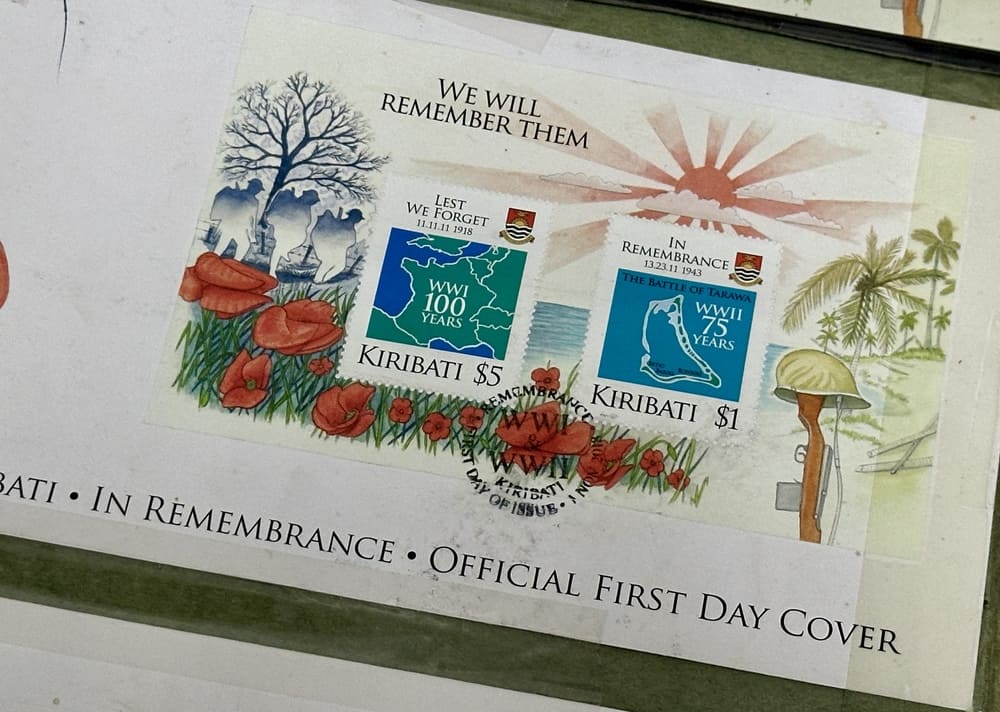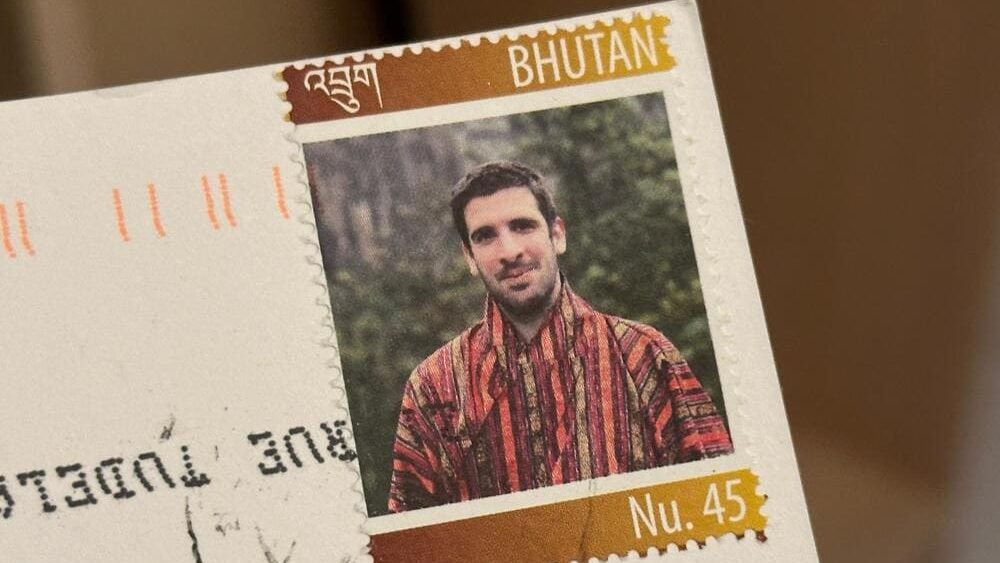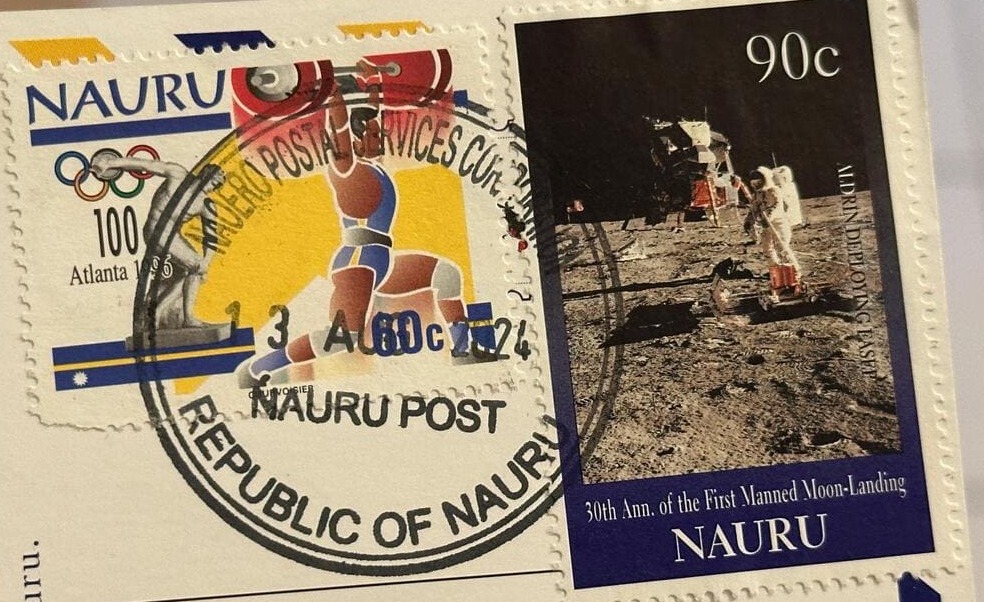When you think of Tuvalu, Nauru, Monaco, or San Marino, you might imagine picturesque landscapes, sandy beaches and niche tourist destinations that only YPT goes to. But did you know these tiny nations are also prolific issuers of commemorative stamps? Numbers show that it’s a smart economic strategy.
“Did Elvis ever came to Tuvalu? What’s his link to the country?” That random question was asked on our Least Visited Countries Tour, as we visited the country’s only post office. Its walls are completely covered with commemorative stamps, from planes to Beethoven, and from Princess Diana to Star Trek, with a fair share dedicated to the King of Rock & Roll.




A Revenue Stream with Minimal Costs
While we may think the head postmaster is an Elvis fan, the reality is more pragmatic. For small nations with limited natural resources or industries, commemorative stamps offer a low-cost, high-margin way to generate revenue. Designing and printing stamps is relatively inexpensive. Once issued, these stamps are often purchased by collectors worldwide – and here’s the kicker: most of these stamps are never used for postage. Instead, they sit in carefully curated collections, where they remain pristine and valuable.
Take Tuvalu, for instance. This Pacific island nation, with a population of just over 11,000, has long relied on stamp sales to bolster its economy. In the late 20th century, stamps reportedly contributed more than 15% of Tuvalu’s government revenue. For a country with limited economic options, that’s a significant contribution. Tuvalu’s revenues also come from sales of coins, fishing licences, and from the lease of its highly fortuitous .tv Internet Top Level Domain (TLD).
Similarly, in Liechtenstein, with its 40,000 residents, postage stamp sales regularly made up more than 20% of the annual national income until the 1970s. Considering the minimal investment required to produce stamps, this revenue is an economic boon.


Stamps with Global Appeal
Tiny nations have learned to cater to a worldwide audience by designing stamps that appeal to international collectors. Often, the themes of these stamps extend far beyond their own borders. Think of stamps featuring British royalty, space exploration, endangered animals, or even pop culture icons such as Elvis.
Tuvalu has excelled at this. While the nation’s domestic postal needs are modest, it issues stamps that capture global attention. Tuvalu’s stamps have featured everything from the Olympics to the British royal family, drawing collectors from the UK, the U.S., and beyond.
Monaco is another prime example. Known for its luxurious image, Monaco’s commemorative stamps often showcase the royal family, the famous Monaco Grand Prix, and the country’s cultural heritage. These designs make Monaco’s stamps highly collectible.
Limited Domestic Demand, Unlimited International Potential
For small countries with low populations, domestic postal use is minimal. This means their stamp production can focus entirely on the international collector’s market. In many cases, the stamps issued by these nations far outnumber the letters and packages sent domestically.
San Marino, a tiny enclave in Italy with a population of around 33,000, epitomizes this trend. Its stamps are rarely used for local mail but are highly sought after by collectors worldwide. Tourists visiting San Marino often purchase stamps as souvenirs, further driving sales.
Leveraging External Partnerships
To ensure global reach, many small nations partner with external agencies to design, produce, and market their stamps. These partnerships allow them to tap into established distribution networks and reach collectors in every corner of the globe.
Tuvalu, for example, works with the Inter-Governmental Philatelic Corporation (IGPC), a company that specializes in marketing stamps for small countries. This partnership helps Tuvalu’s commemorative stamps appear in catalogs and online marketplaces, making them accessible to collectors everywhere.
St. Vincent and the Grenadines follows a similar strategy. While domestic postal use is minimal, the country’s stamps, featuring birds, celebrities, and historical themes, are marketed extensively to international buyers.
Promoting Tourism and Culture
Stamps are more than just collectibles; they’re cultural ambassadors. By featuring iconic imagery and unique designs, they even serve as a soft power tool to attract tourism and international attention.
Bhutan is famous for its innovative stamps, including 3D designs, “talking” stamps that play the national anthem, and even print on demand stamps. These creations capture global attention and reflect Bhutan’s creativity, encouraging tourism and fostering curiosity about the country. Because who wouldn’t like to have his face on a stamp?

Similarly, Vatican City issues religious-themed commemorative stamps that resonate with collectors worldwide. In 2020, philatelic sales brought in an estimated €5 million for this microstate, despite its population being under 1,000.
Stamps as Legal Tender and Miniature Artworks
Stamps are technically a form of currency – legal tender for postal services. This official status, combined with intricate designs and historical significance, makes them highly desirable as collectible items. For many collectors, commemorative stamps are miniature works of art that combine history, culture, and design.
Nauru, another small Pacific nation, has capitalized on this by issuing stamps featuring themes like whales, birds, and WWII history. These stamps rarely see local use, instead going straight to collectors worldwide.
Palau is also known for marine life-themed stamps, which appeal to conservation-minded collectors.

The Numbers Behind the Phenomenon
The global philatelic market is estimated to be worth over $10 billion annually, and tiny countries have carved out a lucrative niche. Stamps with a face value of $0.50 to $2 can sell for much higher prices on the collector’s market, sometimes fetching $20 to $50 per stamp or set. For nations like Tuvalu, where other economic opportunities are limited, these profits make a meaningful impact.
While lucrative, this practice isn’t without its critics. Some argue that issuing too many commemorative stamps or featuring irrelevant themes (like space exploration for a Pacific island) risks alienating serious collectors. Overproduction can dilute the market and reduce the perceived value of a country’s stamps.
Still, for many small nations, the benefits far outweigh the risks. Stamps remain a vital source of revenue, a platform for cultural expression, and a means to connect with the world.





